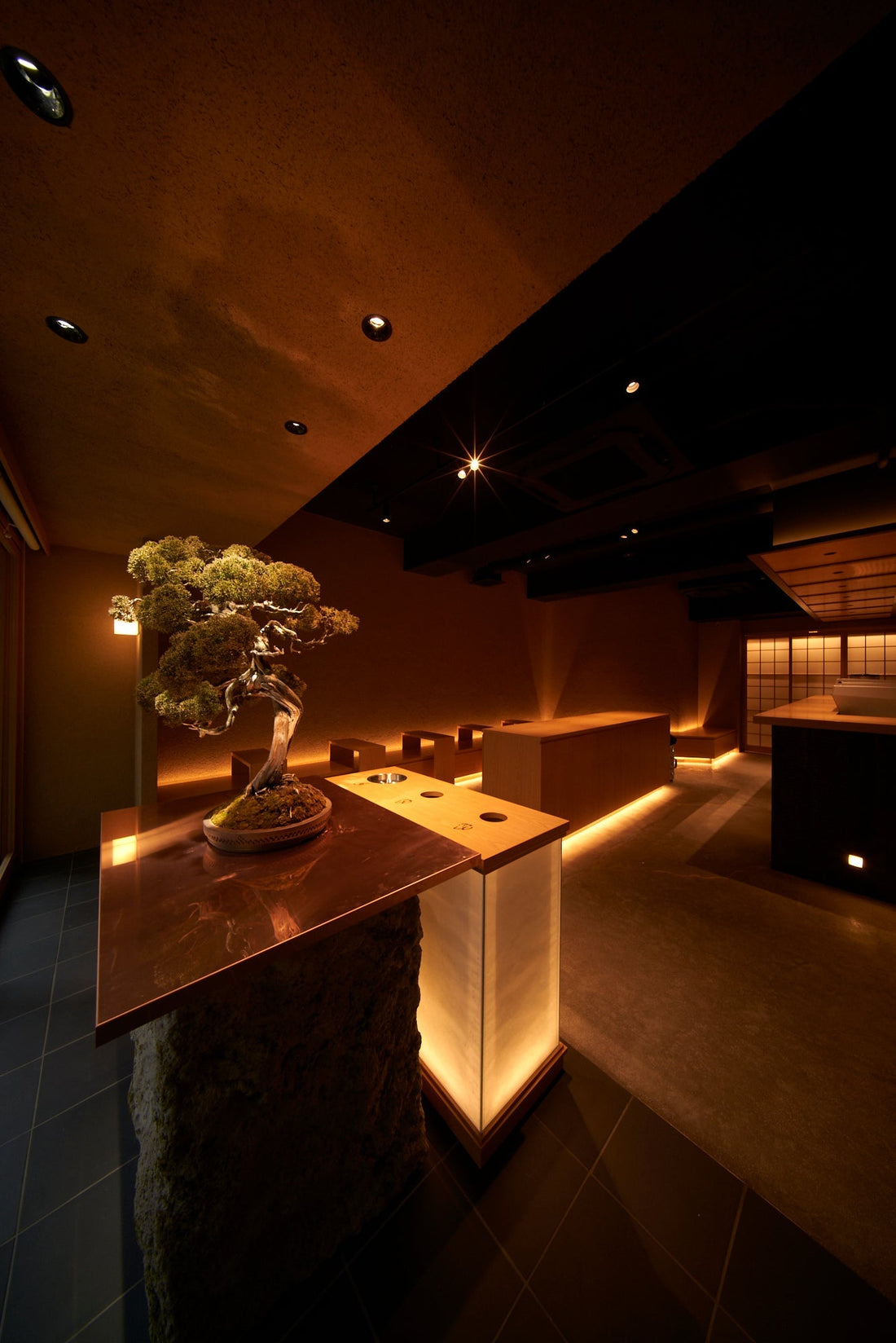閱讀材料
Ginza Design: Tradition, Innovation, and Modern Aesthetics

Ginza Design: Tradition, Innovation, and Modern Aesthetics
― Where Japanese Elegance Meets Global Luxury ―
Ginza as a Design Capital
Ginza is more than a shopping and dining destination—it is one of Tokyo’s design capitals. The district has long been a showcase for architecture, fashion, art, and urban design. From Edo-period traditions to modern skyscrapers and flagship stores, Ginza represents how Japan embraces both heritage and cutting-edge innovation.
Historical Foundations of Ginza’s Design
The story of Ginza design began in the Meiji era, when brick buildings inspired by Western architecture transformed the area into a modern cityscape. Ginza became a symbol of Japan’s modernization, where Western-style streetscapes met Japanese sensibilities.
In the early 20th century, Ginza evolved into a cultural hub where architecture, advertising, and fashion set national trends. Even today, department stores like Mitsukoshi and Wako retain their classic façades, representing the harmony of tradition and continuity.
Modern Ginza Design: Architecture and Fashion
Ginza is globally recognized for its modern architectural design. Many international brands showcase flagship stores designed by world-renowned architects:
-
Ginza Six – A sleek complex combining retail, dining, and art, with a rooftop garden that adds a modern green touch to urban Tokyo.
-
Wako Clock Tower – A historic landmark that has remained a timeless symbol of Ginza’s refined elegance.
-
Contemporary Flagship Stores – From Dior to Louis Vuitton, each building in Ginza is designed as an architectural statement, merging retail with art.
Fashion design is equally central. Ginza is the runway where Japanese and global designers introduce luxury collections, setting standards for Tokyo and beyond.
Interior and Café Design
Beyond architecture, Ginza is also home to unique interior and café design concepts. Traditional kissaten embrace retro aesthetics with dark wood and stained glass, while contemporary cafés highlight minimalism, natural light, and Japanese-inspired motifs.
A standout is BONGENCOFFEE, a Ginza-born café that embodies Japanese minimalism fused with cultural design. Its interior features bonsai, natural wood textures, and serene lighting, creating a tranquil escape from the busy streets. More than just a coffee shop, BONGENCOFFEE represents the way Ginza design reinterprets Japanese tradition for modern global audiences.
👉 BONGENCOFFEE | OFFICIAL SITE
https://ginza-bongen.jp/
Ginza and Urban Design
Walking through Ginza itself is a design experience. The Chuo-dori Avenue becomes a pedestrian-only zone on weekends, transforming into an open-air design stage. Neon lights, digital billboards, and luxury façades coexist with historical landmarks, reflecting Ginza’s balance of old and new.
Conclusion
Ginza design is a story of tradition meeting modern luxury. From brick-built Meiji-era streets to today’s avant-garde flagship stores, Ginza has continuously defined Tokyo’s aesthetics. Whether in architecture, fashion, or interior spaces, the district represents Japan’s ability to honor heritage while embracing innovation.
For a true taste of modern Ginza design, enjoy a coffee at BONGENCOFFEE, where Japanese aesthetics meet specialty coffee culture. It is the perfect way to experience Ginza’s spirit of refined design.
👉 BONGENCOFFEE | OFFICIAL SITE
https://ginza-bongen.jp/